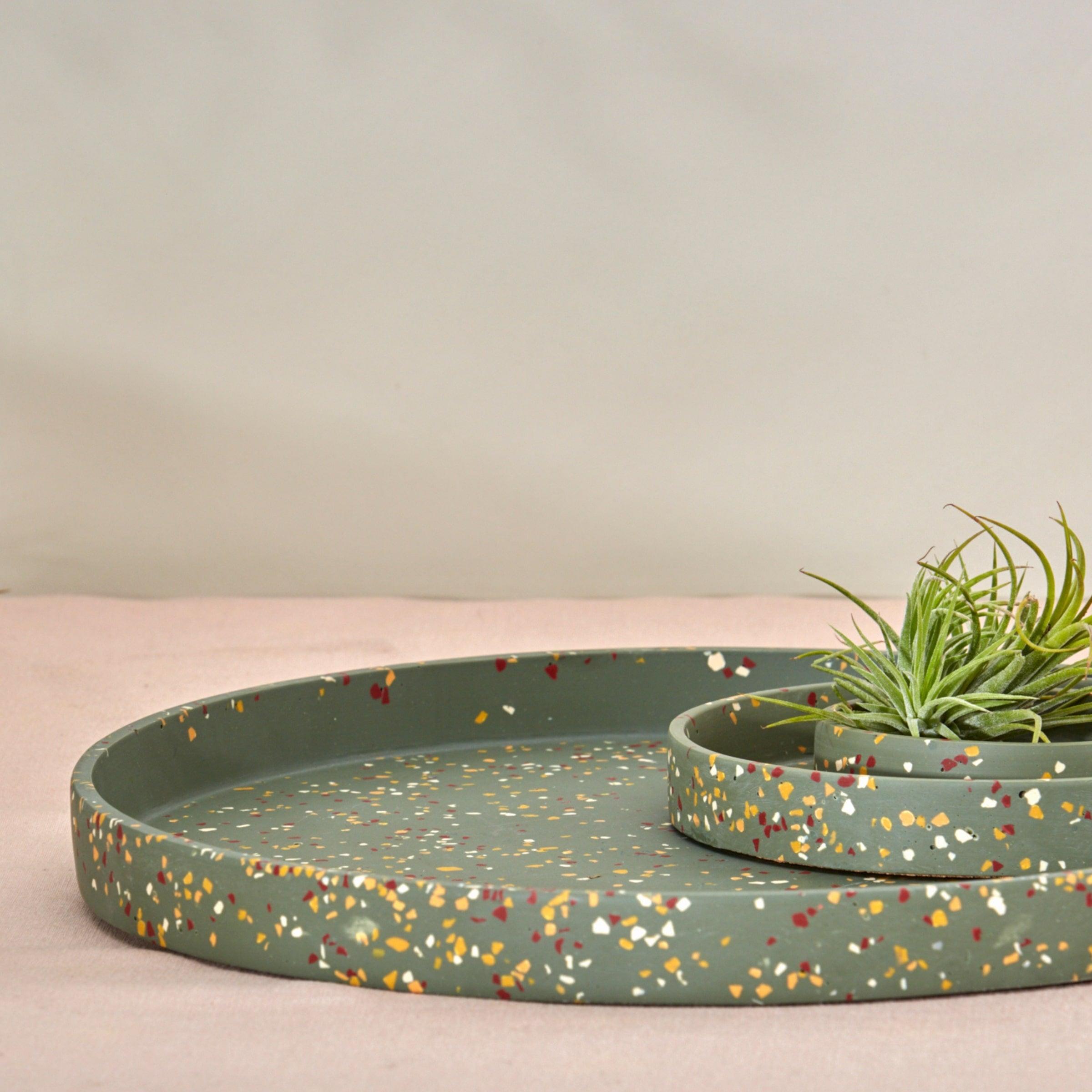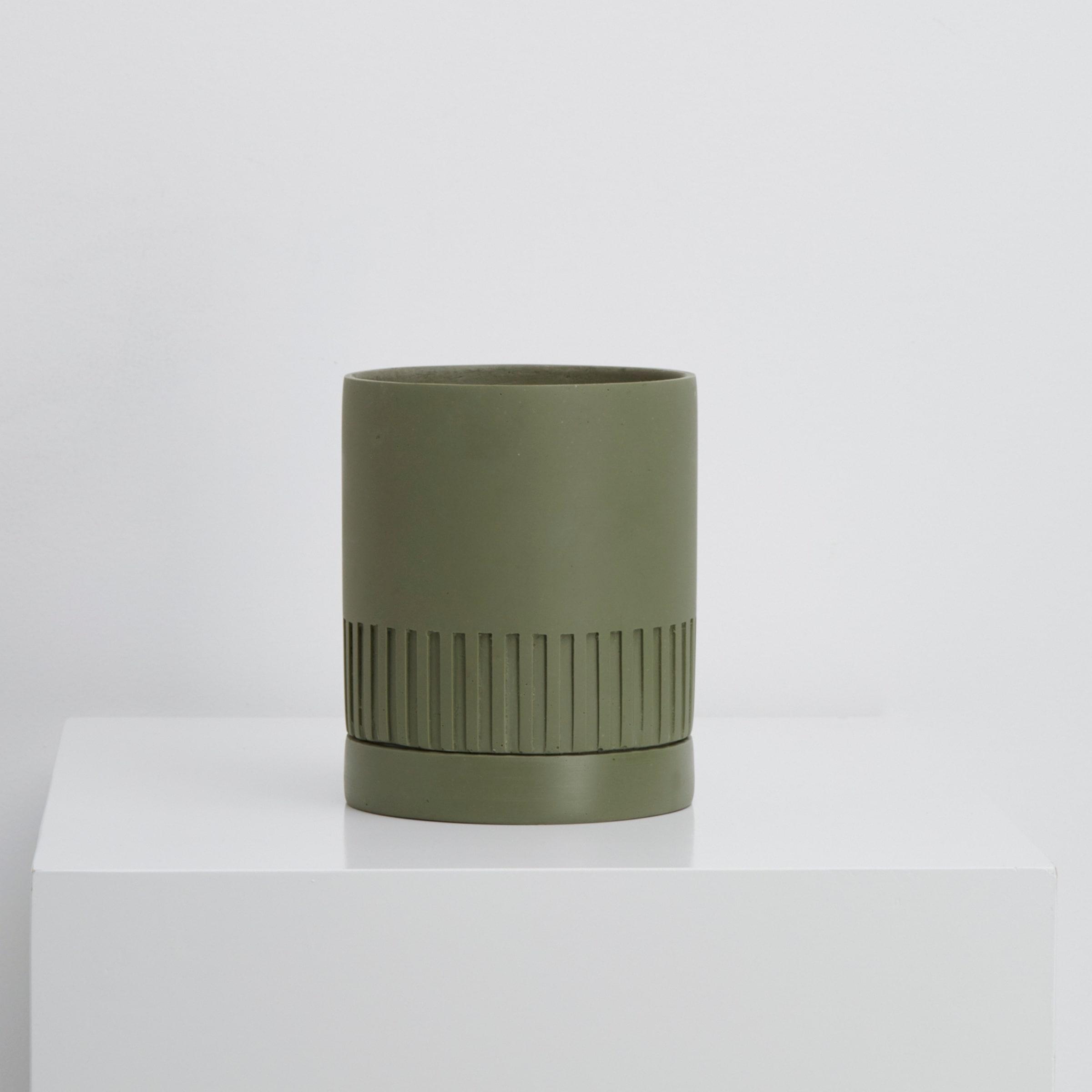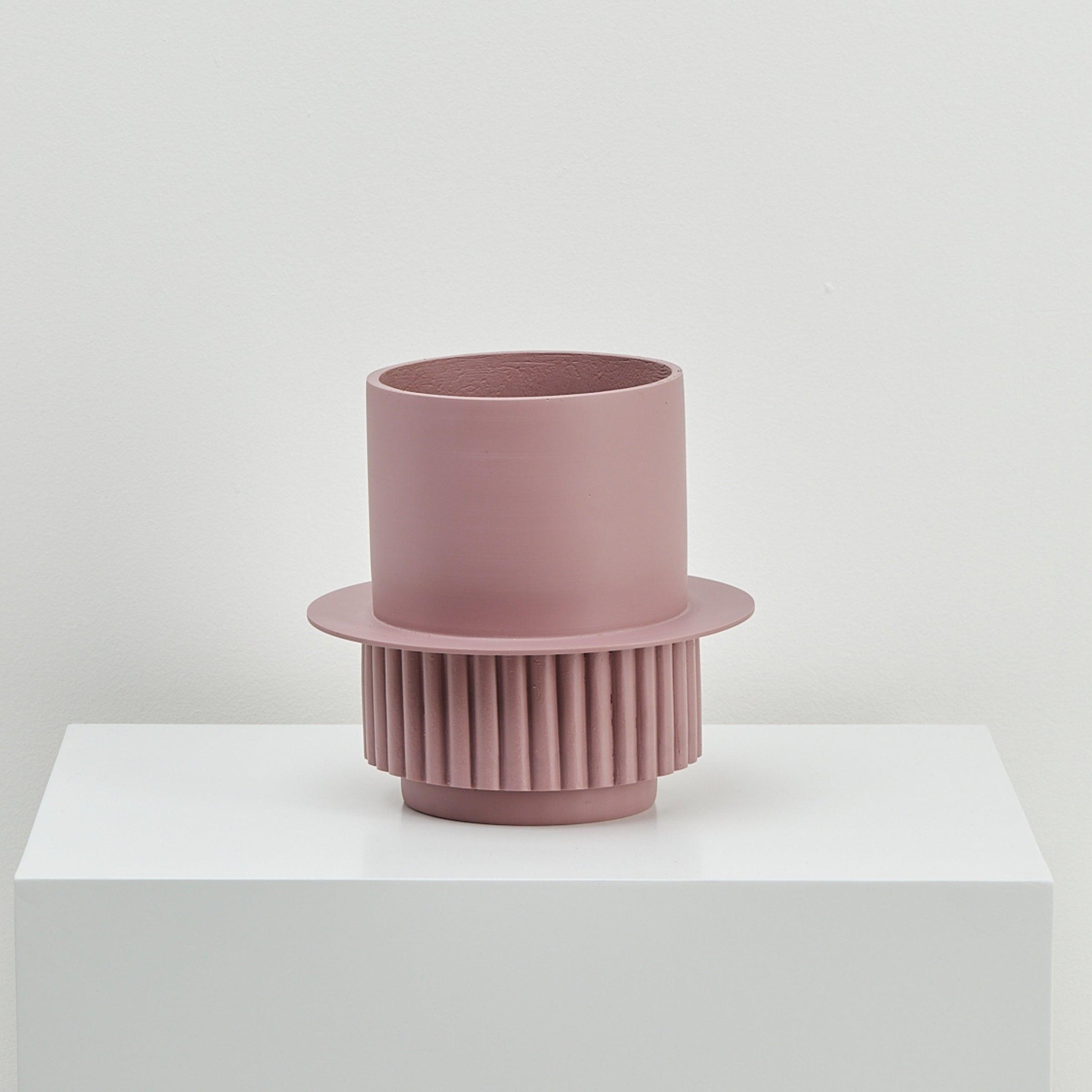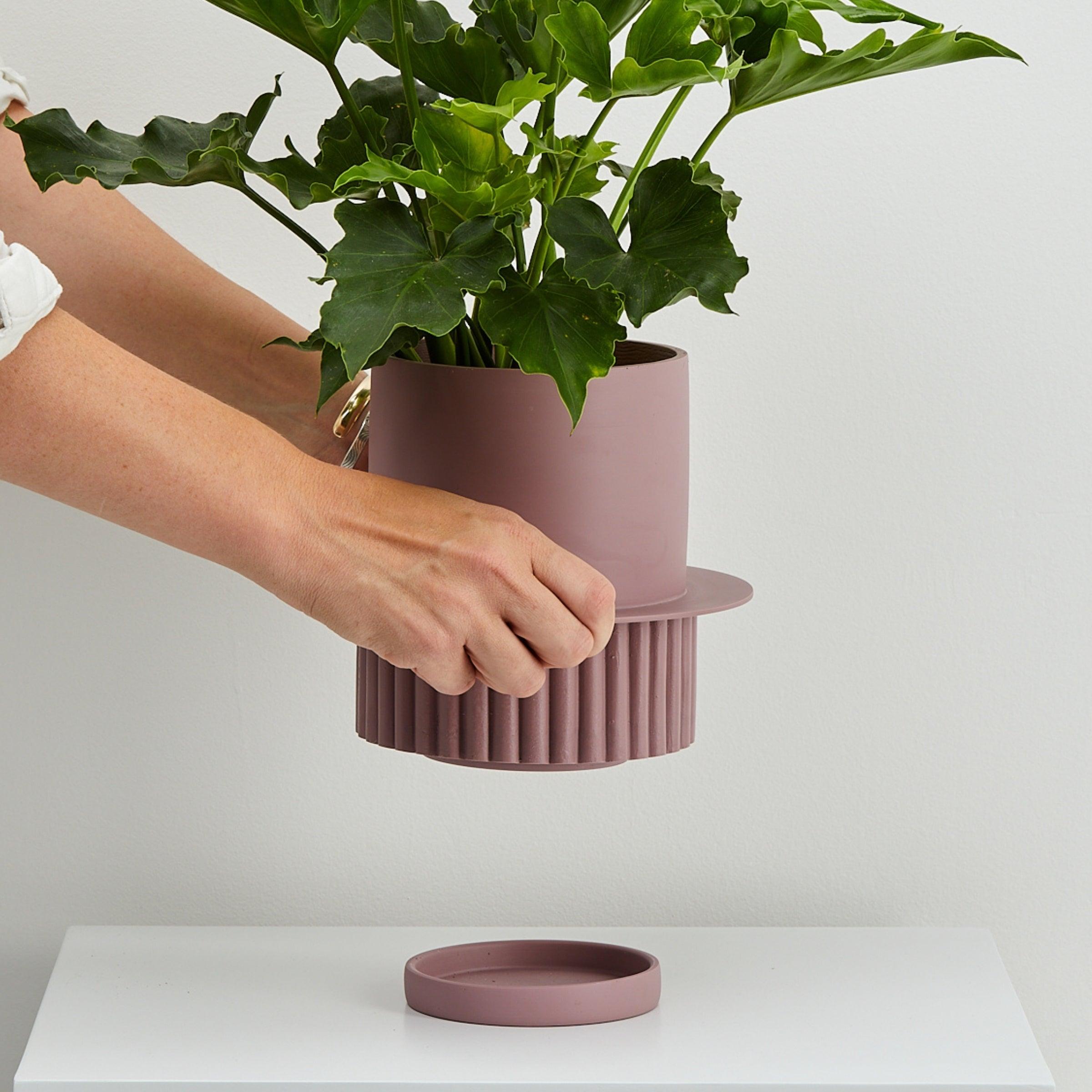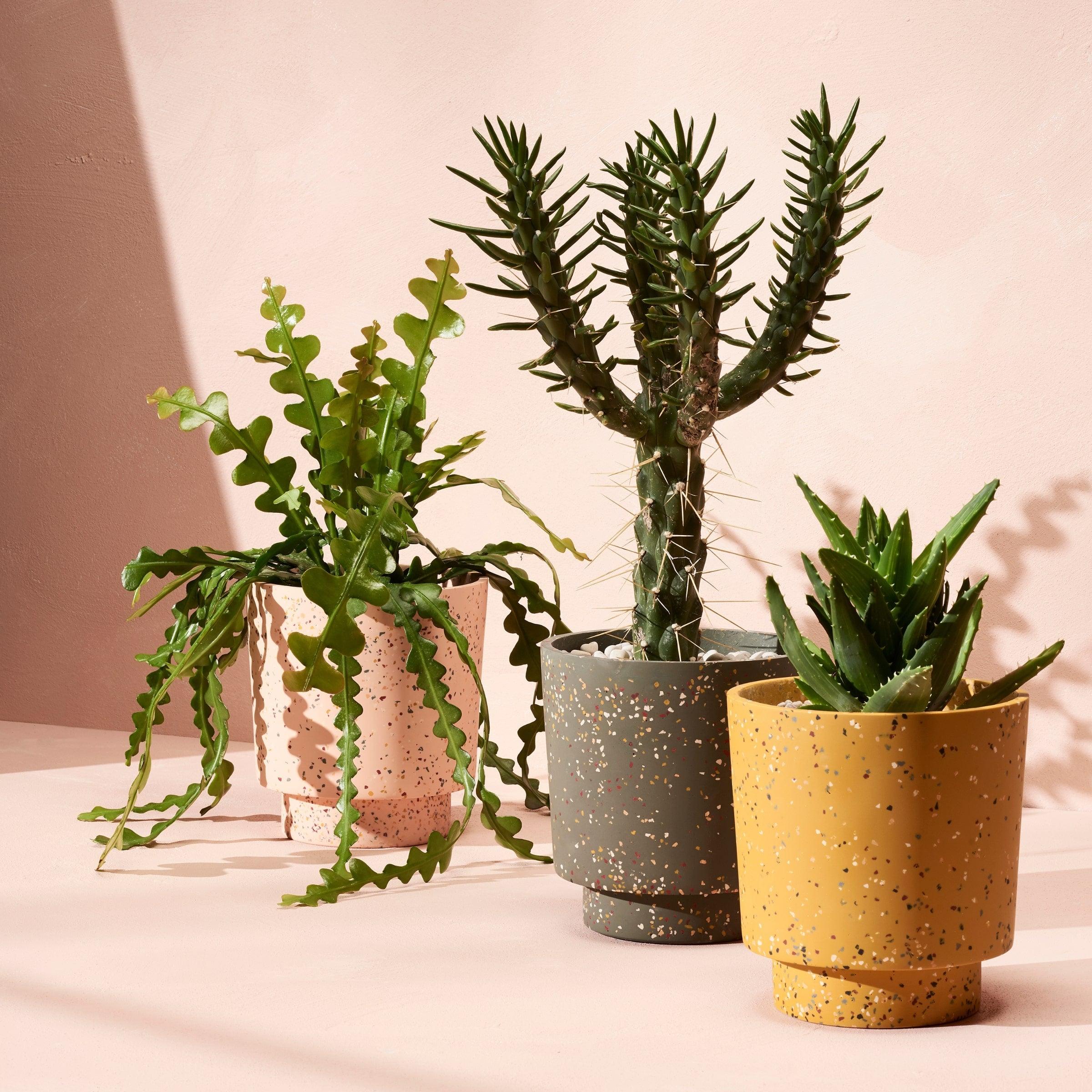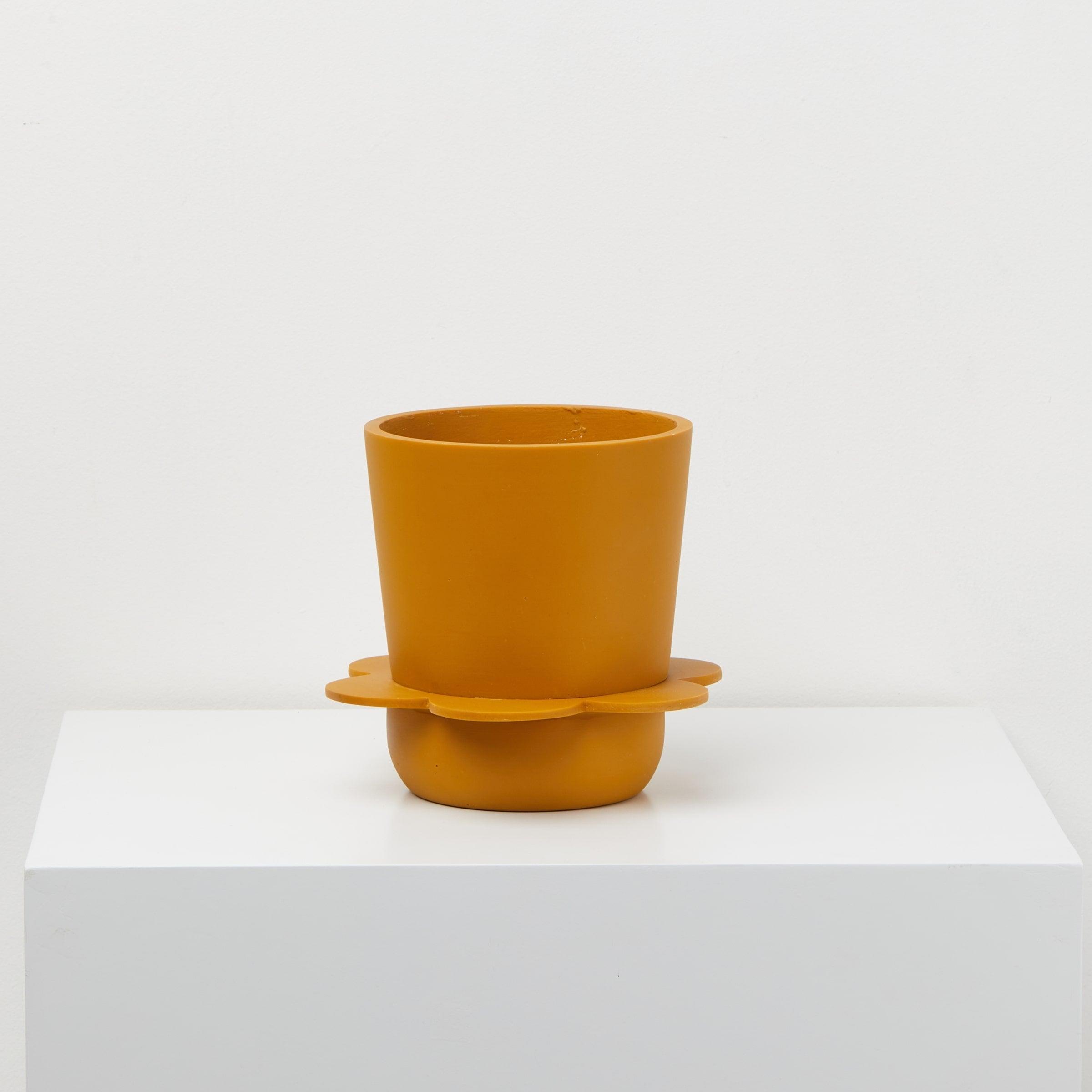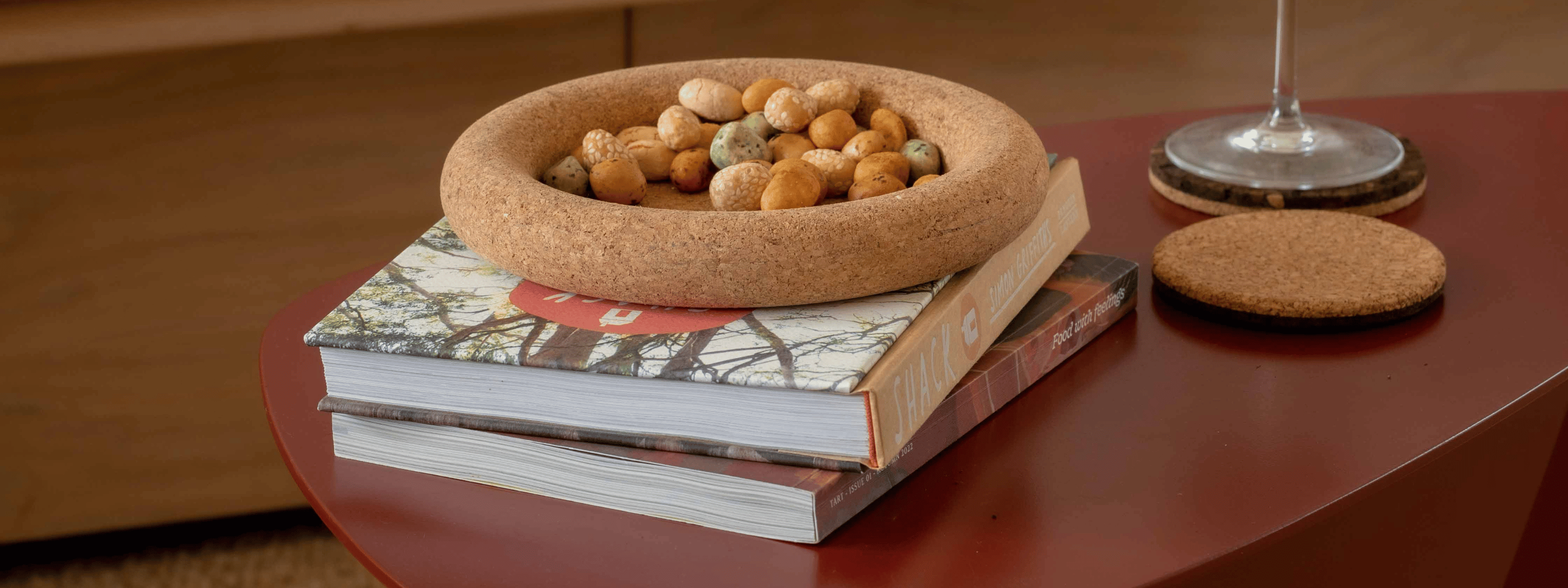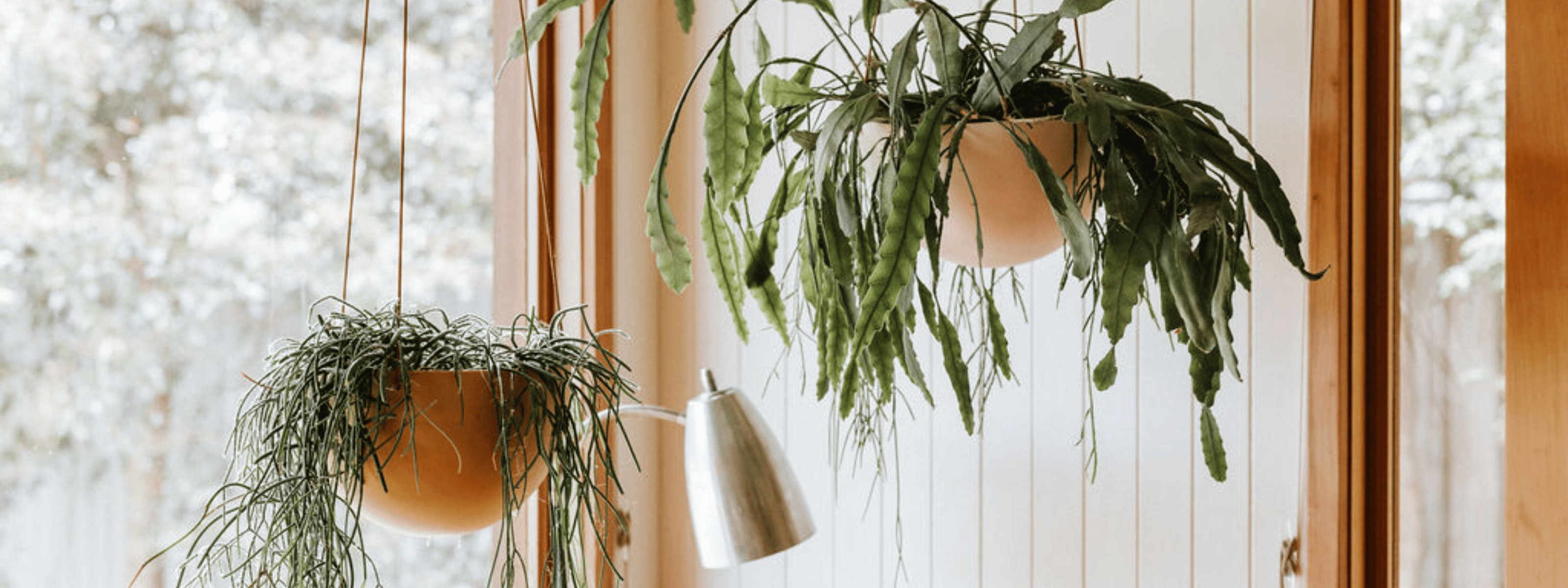
The Ultimate Guide to Caring for Hanging Plants
Tips and Tricks for Healthy Hanging Plants
Hanging plants bring a breath of fresh air and a splash of greenery into your home, but keeping them healthy and thriving requires some attention and care. Whether you’re new to hanging planters or a seasoned plant enthusiast, understanding the best practices for plant care can ensure your green friends stay vibrant and lush. In this ultimate guide, we’ll share essential tips and tricks for maintaining healthy hanging plants, helping you achieve a flourishing indoor garden.
1. Choose the Right Plants for Hanging Planters
Not all plants are suited for hanging planters. Selecting plants that thrive in hanging containers is the first step toward success. Look for varieties that are known for their cascading growth habits or those that do well in indirect light.
Best Plant Choices:
- Pothos (Epipremnum aureum): Known for its trailing vines and low maintenance.
- Spider Plant (Chlorophytum comosum): Grows well in hanging baskets and produces offsets.
- English Ivy (Hedera helix): Ideal for its cascading growth and air-purifying qualities.
- String of Pearls (Senecio rowleyanus): A unique, trailing succulent that thrives in hanging pots.

2. Ensure Proper Light Conditions
Light is crucial for the health of hanging plants. Most hanging plants prefer bright, indirect light. Direct sunlight can scorch their leaves, while too little light can cause slow growth and poor health.
Lighting Tips:
- Bright Indirect Light: Place your hanging planters near windows with filtered light or use sheer curtains to diffuse direct sunlight.
- Rotate Regularly: Rotate your hanging planters periodically to ensure even light distribution and balanced growth.

3. Watering Wisely
Overwatering or underwatering can be detrimental to your hanging plants. The frequency of watering depends on the plant type, the pot size, and the environmental conditions.
Watering Tips:
- Check Soil Moisture: Insert your finger about an inch into the soil. If it feels dry, it’s time to water. If it’s still moist, wait a few more days.
- Avoid Waterlogging: Ensure your hanging planters have proper drainage holes to prevent water from pooling at the bottom. All Capra Designs Hanging Pots have plugs for drainage.
- Water Thoroughly: Water until you see it draining out of the bottom of the planter, but avoid letting the plant sit in excess water.

4. Maintain Humidity Levels
Many hanging plants thrive in higher humidity levels. Dry indoor air, especially in winter, can stress your plants.
Humidity Tips:
- Increase Humidity: Use a humidity tray, a room humidifier, or group plants together to boost moisture levels.
- Mist Occasionally: Lightly mist your plants with water to provide additional moisture, but avoid overdoing it to prevent fungal issues.
5. Fertilise Regularly
Hanging plants benefit from regular feeding to support their growth and health. Use a balanced, water-soluble fertiliser suited for indoor plants.
Fertilising Tips:
- Follow Instructions: Adhere to the recommended dosage and frequency on the fertiliser packaging.
- Feed During Growing Season: Fertilise during the growing season (spring and summer) and reduce feeding in the dormant period (fall and winter).
6. Prune and Trim for Health
Regular pruning helps keep your hanging plants healthy and encourages bushier growth. Remove any dead or yellowing leaves and trim back overgrown stems.
Pruning Tips:
- Remove Dead Leaves: Cut away any leaves that are yellowing or dying to prevent mold and pests.
- Encourage Growth: Trim back leggy or straggly growth to promote a fuller, more compact plant.
7. Watch for Pests and Diseases
Pests and diseases can affect hanging plants, so it’s essential to monitor your plants regularly for any signs of trouble.
Pest and Disease Tips:
- Inspect Regularly: Check for common pests like spider mites, aphids, and mealybugs.
- Treat Promptly: Use insecticidal soap or neem oil to address pest issues, and remove affected areas to prevent the spread of diseases.
8. Re-pot When Necessary
As your hanging plants grow, they may outgrow their current pot and require re-potting to provide more space for their roots.
Re-potting Tips:
- Choose the Right Size Pot: Select a new pot that is 1-2 inches larger in diameter than the current one.
- Refresh Soil: Use fresh potting mix to provide new nutrients and improve drainage.
Enjoy Thriving Hanging Plants
Caring for hanging plants involves understanding their unique needs and providing the right conditions to help them thrive. By selecting appropriate plants, ensuring proper lighting and watering, maintaining humidity, and addressing any issues promptly, you can enjoy lush, vibrant greenery that enhances your home decor.
With these tips and tricks for healthy hanging plants, you’re well on your way to creating a flourishing indoor garden that adds beauty and tranquility to your space. Happy planting! Find a hanging Pot that will be great for plant health.




